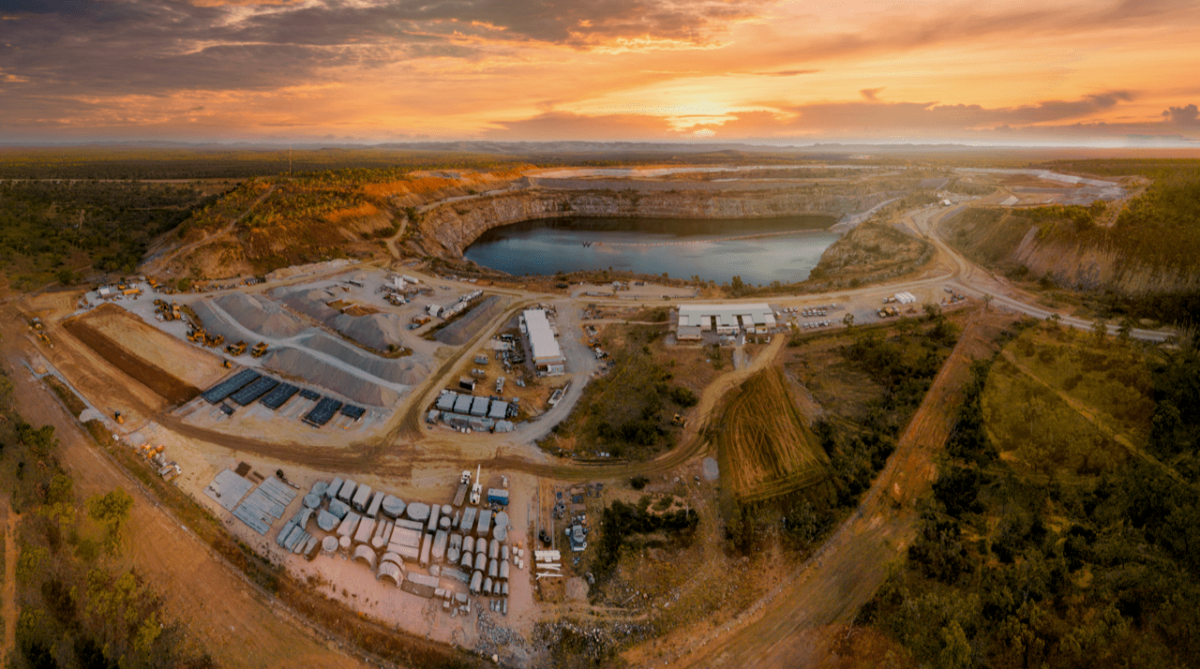 (photo courtesy Genex Power)
(photo courtesy Genex Power)With pumped hydro energy storage gaining value over the coming years as a means to integrate renewables into electricity production and the supply chain, a method is needed to optimize scheduling and management of this asset.
Researchers with the University of Zaragoza and Atalaya Generacion in Spain said, “The use of pumped hydro-energy storage is essential in current electricity grids with a high share of renewable energy because it allows for the optimization of the use of generated energy and the possible reduction of excess energy discharges. In addition, it can replace combined heat and power plants, which are dependent on gas imports and produce high CO2 emissions, as a backup system to guarantee electricity supply in combination with renewable energy.”
Thus, they modeled and applied an optimal hourly management model of grid-connected photovoltaic and wind power plants integrated with reversible pump-turbine units to maximize the monthly operating profits of the energy system and meet electricity demand.
The results of this research have been published in the Journal of Energy Storage.
Pumped hydro-energy storage will add value to each link in electricity production and the supply chain, the researchers said. The growth of these systems is essential for improving the integration of renewables and avoiding dependence on fossil fuel sources, such as gas or oil.
The techno-economic dispatch model is formulated as a mixed-integer optimization problem. To assess the proposed model, it is applied to a Spanish case study system, and the results are obtained for an entire year. The combination of renewable energy and pumped hydro energy storage reduces energy dependence by decreasing energy costs by 27% compared with a system without storage to satisfy the required electricity demand.
The main findings of this study are:
The model maximizes the use of wind and solar resources. In half of the months of the year, >70 % of the electricity demand is met by stochastic renewable sources and the hydroelectric storage, reducing dependence on the grid.
Pumped hydro energy storage is a key component in the management of electrical systems. The technical constraints of the grid associated with the secure operation of power systems may cause rejections or curtailments during hours when there is a large amount of renewable energy generation. This type of storage reduces these situations.
By combining one or more renewable energy sources with a storage system, the facility acquires management capacity, in addition to increasing its efficiency and flattening the generation profile.
The integration of photovoltaic and wind energy sources and PHES reduces the cost of purchasing energy in the electricity market by up to 27% compared with the case without a storage system to meet the required electricity demand.
The storage system avoids the risk of energy curtailment, as it has been verified that, in the PHES-wind-PV model, the maximum energy generated by the renewable plants in each hour is used, whereas in the case without storage, the annual wind power generation is reduced by 17% and the photovoltaic generation by 8%.
Further research in which variable efficiency is incorporated in the operating range of reversible pump turbine units should be conducted, as the assumption of a variable efficiency value may improve the accuracy of the assessment.
The findings confirm that storage plays a key role in energy transition to ensure the security and stability of power systems with a higher share of renewable generation, the authors said.